Top 4 Things to Know Before Buying Indoor Plants: A Guide to Green Thumb Success
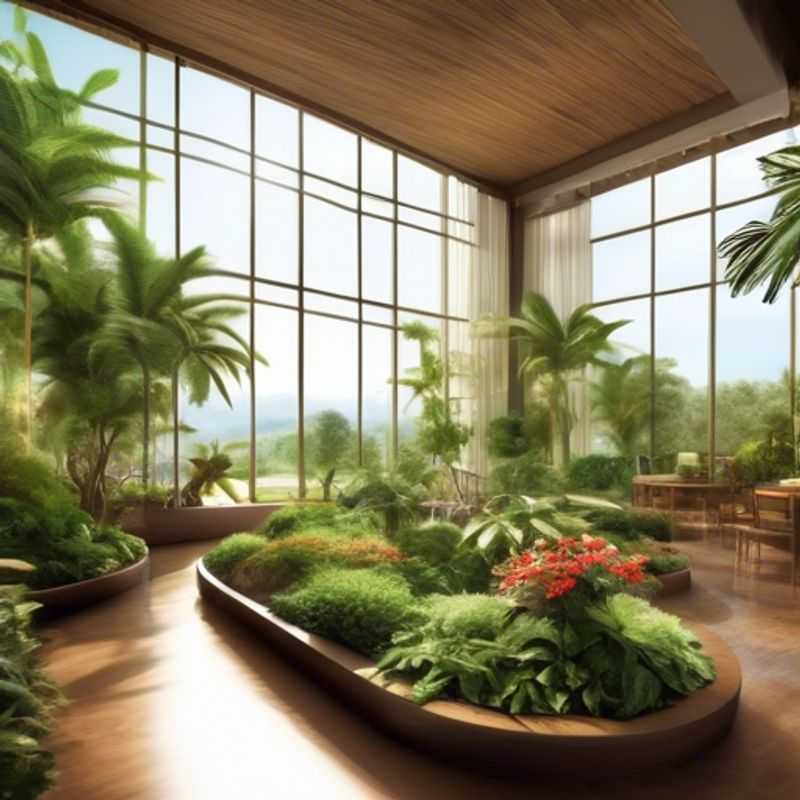
Plant Size & Pot Dimensions Matter: Finding the Right Fit
Light Requirements: Ensuring Your Plants Thrive Indoors
Humidity and Temperature: Creating the Ideal Environment
Low-Maintenance Choices: Selecting Plants That Suit Your Lifestyle
Bringing the outdoors in with indoor plants is a fantastic way to brighten your home and enhance your well-being. But before you head to the garden center, there are a few essential things to consider to ensure your green friends thrive. Let's dive into the top 4 things you need to know before buying indoor plants.
1. Determine the right plant size and pot dimensions for your indoor space:
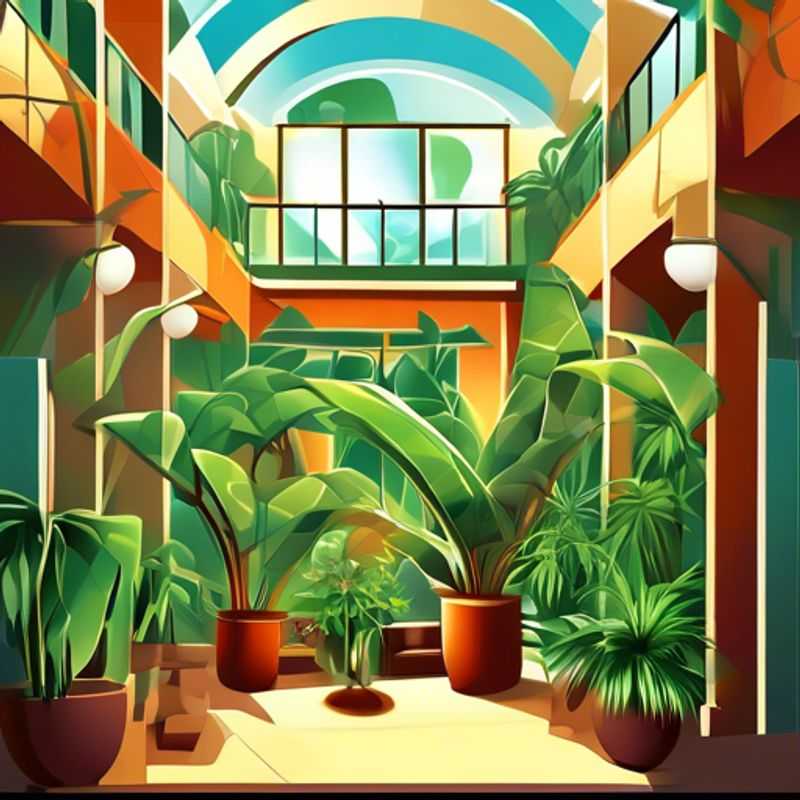
Finding the Perfect Fit: Matching Plant Size to Your Indoor Space
Choosing the right plant size and pot dimensions is crucial for your indoor plants' well-being. Consider the plant's mature size and the available space in your home. A general rule of thumb is to choose a pot that's about one-third the diameter of the plant's spread. This allows for proper root growth and prevents overcrowding. When selecting a pot, consider its material, as different materials have different drainage properties. Terracotta pots are porous and allow for better air circulation but dry out quickly. Plastic pots retain moisture longer, which might be beneficial for some plants.
Remember to factor in the plant's growth habit. For trailing plants, choose hanging baskets or pots with wider openings. For tall plants, consider selecting pots with a larger diameter and depth. It's also vital to choose the appropriate soil mix for your plant. A well-draining soil is essential to prevent root rot. Repotting your plants every one to two years will provide them with fresh soil and nutrients.
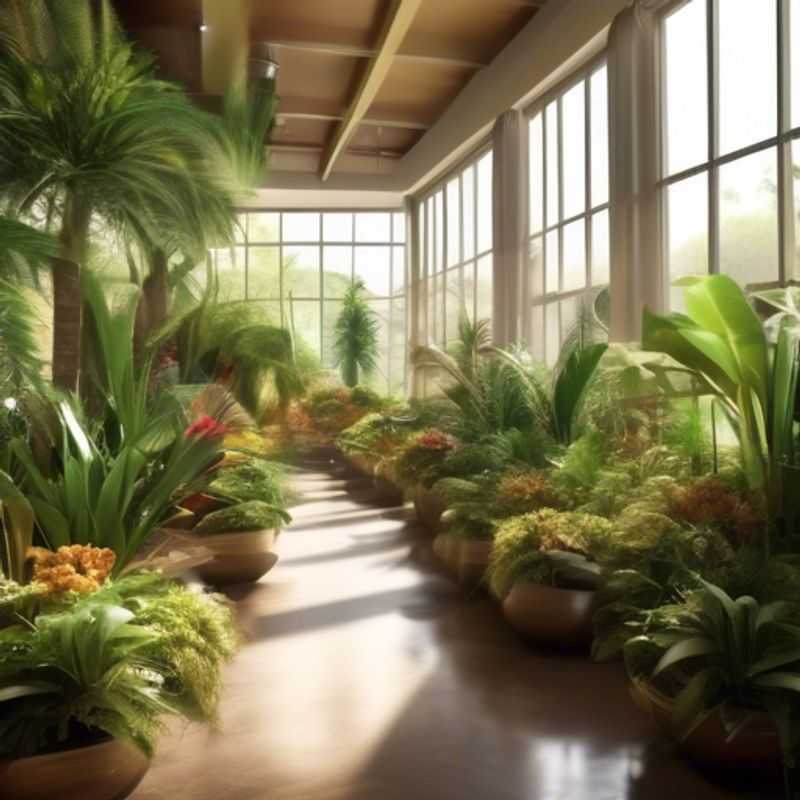
Lighting Requirements for Indoor Plants: A Guide to Happy Greenery
First things first, let's talk about light. Knowing how much light your plants need is absolutely critical for their success. Different plants have different light requirements, so it's crucial to do your research on the specific ones you're interested in.
There are three main categories of light requirements: low light, medium light, and high light. Low light plants can tolerate shade and might thrive in a room with minimal direct sunlight. Medium light plants do well in bright, indirect light, while high light plants require several hours of direct sunlight daily.
Once you've determined your plant's light needs, you can start thinking about providing the right amount of light. Natural sunlight is ideal, but you can also use artificial light sources like grow lights. If you're using grow lights, be sure to choose the correct type and wattage for your plants.
Don't forget, monitoring is key. Keep an eye on your plants for signs of stress, like wilting leaves or yellowing. Adjust your lighting as needed to ensure your plant is getting the perfect amount of light for healthy growth.
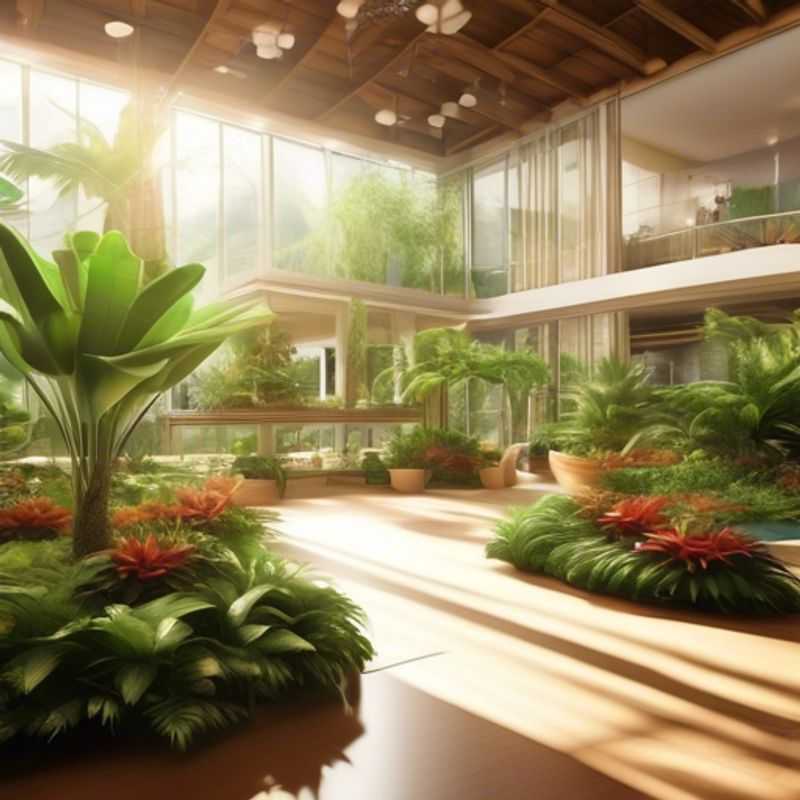
Humidity and Temperature: Essential Plant Care Considerations
Plants thrive in specific humidity and temperature ranges. Understanding these needs is crucial for their health and growth. Humidity, the amount of moisture in the air, impacts plant transpiration, the process of water movement through the plant. High humidity can lead to fungal diseases, while low humidity can cause wilting and stress.
Temperature plays a critical role in plant metabolism and growth. Each plant species has an optimal temperature range for growth. Excessive heat can damage leaves, while cold temperatures can slow down growth or even cause damage.
Monitoring humidity and temperature is essential for creating an optimal environment for your plants. This involves using tools like hygrometers and thermometers. You can adjust humidity by misting, grouping plants, or using humidifiers. Maintaining the appropriate temperature often requires adjusting your home's thermostat or strategically placing plants in different areas of your home.
Consider the specific needs of your plants, as different species have different requirements. Research your plant's ideal humidity and temperature ranges and adjust your care routine accordingly.
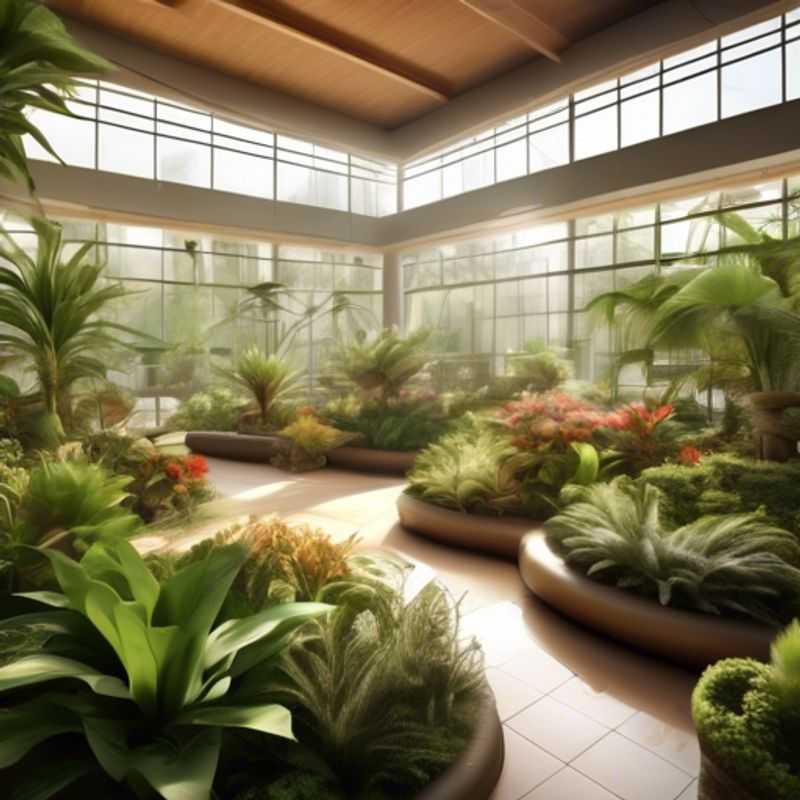
Low-Maintenance Indoor Plants: Bringing Life to Your Space Without the Fuss
Looking to bring some life into your home without the hassle? Low-maintenance indoor plants are your answer! Here's a quick guide to help you pick the perfect greenery for your space:
Light: Before you pick a plant, consider the light in your home. Bright, indirect light is ideal for many, while some thrive in low light. For example, snake plants (Sansevieria) and ZZ plants (Zamioculcas zamiifolia) are tough and tolerant of low light.
Water: Overwatering is a common problem for indoor plants. Choose varieties known for their drought tolerance. Succulents like aloe vera or echeveria are great options.
Consider your lifestyle: Do you travel frequently? Choose plants that are relatively easy to care for and won't need constant attention. Spider plants (Chlorophytum comosum) and cast iron plants (Aspidistra elatior) are known for their hardiness and low-maintenance nature.
Don't forget the basics: Even low-maintenance plants need some care. Ensure you provide appropriate potting soil, good drainage, and fertilize occasionally. A little effort goes a long way!
